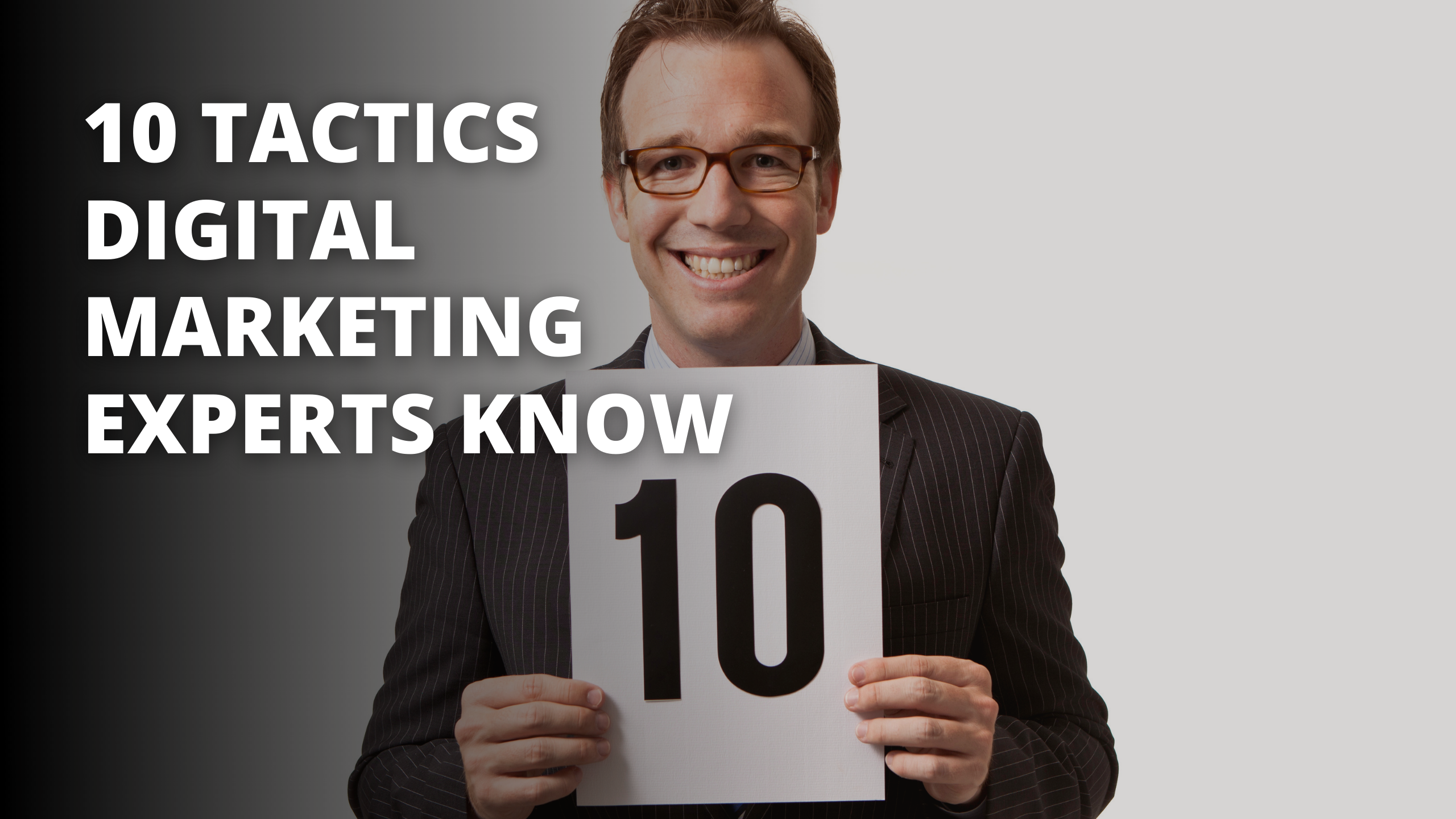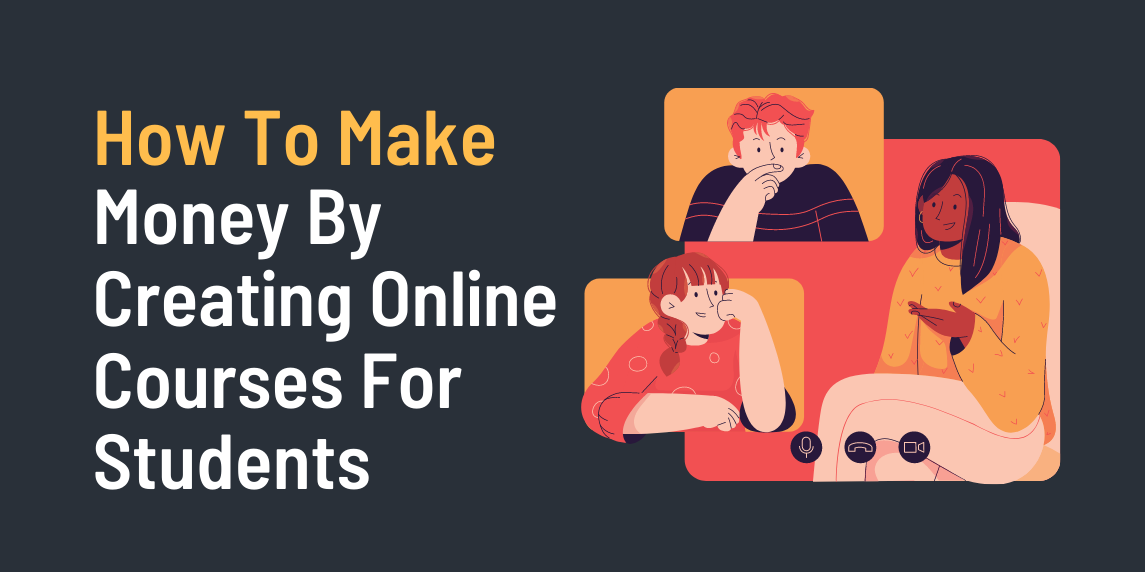
It cannot be expected that people will always agree in the communication process. This situation is known as the conflict in communication. Its most unique expression is a problem situation in the container example. Sales objections put forward by customers are also a communication problem in the sales communication that is desired to result in an agreement.
Since I know that selling is actually a communication skill, I should evaluate the sales objections topic through the communication process. Based on this linked relationship, the first thing to consider before handling sales objections is identifying possible negotiation methods.
What are the Possible Negotiation Methods Between the Customer and the Salesperson?
Scientists working on communication and its principles in the workplace have defined interview methods in contact under four headings. Our task, and the sales that have internalized the researcher identity, should undoubtedly be to adapt the communication methods that we will mention shortly to the sales process.
Interview methods;
Bargain
Compromise
Win-Win relationship
Lose-Lose situation
Bargain:
It is a temporary method that provides a short-term unilateral solution. If it is, it is helpful, but it is evident that it is a destructive method in the medium and long term. Because in every negotiation, one side gets what it wants and the other side does not. This accumulation causes severe damage to customer relationship management. The salesperson can be a loser when the customer is satisfied outside of rational conditions. If you cannot satisfy the customer every time with the bargaining method. A dissatisfied customer develops objections. Instead of strategizing, you choose to save the situation and lose.
Compromise:
Although both sides give up what they want, it is manageable despite the bargaining situation and lose-lose negotiations. However, the danger is not past. The compromise environment for the customer should be controlled by the salesperson.
Lose-Lose Situation:
It is the situation where both sides lose in the negotiations, and both sides experience losing intensely and complain about it. Especially if it is thought that our customer is complaining, there is an objection in the sales process.
Win-Win Situation:
It is the situation in which the needs of both parties are met, and benefits are obtained. The customer does not raise an objection. The product has purchased the service or the help that has accepted your identity. You also managed the sale well before your customer made the purchase decision.
In the above section, we discussed the communication and principles in business life under the general heading by adapting the interpersonal interview methods to the sales process. It is evident that the lose-lose situation, except for the compromise, bargaining, and win-win situation, will create a result that will cause a lot of customer objections. In fact, considering that bargaining and reconciliation is a process that needs to be constantly controlled, it is seen that techniques of meeting objections in sales are required to eliminate customer objections.
How to Understand Customer Objections in Sales?
First, the situation that caused the sales objection should be analyzed well. In other words, the customer's attitude should be adequately observed, understood by the salesperson, and a strategy should be determined for this situation. Then, responsiveness to customer behavior should be responded to by introducing counter-seller behavior.
The customer lives and maintains four known different attitudes.
Acceptance Attitude
Real Objection Behavior
Indifferent Behavior
Suspicious Approach
Acceptance attitude: As it can be understood from the word acceptance, it actually defines the situation where the customer does not see any problem and does not have a problem, and there is no problem in the salesperson. The customer has purchased the utility of the seller's product and service in this case. However, the other three customer attitudes, namely genuine objection, indifferent behavior style, and suspicious approach, define customer objections.
How and with What Examples Do Customers Raise These Objections?
Genuine objection attitude: The customer could not meet his need and buy the benefit he was looking for. The objection he makes to the salesman is more based on products and services and is accurate.
Sample:
“You said it was a gift from our technical service company in the first year, but when I examined the offer, I saw that it was not.”
Indifferent behavior: The customer does not need the benefits of your product or service. It is also unknown that it will evaluate over time.
Sample:
“We are currently meeting with you to obtain information. We will call you when our need becomes clear.”
Doubtful approach: The customer is worried that your product or service will benefit. He expresses this concern with expressions of indecision and uncertainty.
Sample:
“We have doubts about the sulfate resistance of this cement.”
What are the Techniques for Meeting Customer Objections in Sales?
Above, we have defined customer attitudes and clarified the situation with possible examples. The next step is for the salesperson to apply the techniques of meeting customer objections.
The strategy for actual appeal behavior is to respond promptly to customer contact. It is expected to be solution-oriented. However, the response you give may be too weak to meet the customer's objections, or it may be outside of your product quality and authority limits. You need to be prepared for this. The most appropriate preparation is to prepare answers to meet possible objections in the marketing plan for your weaknesses for your products and services for which you have swot analysis.
The strategy to be applied for the indifferent customer attitude, the customer need should be revealed with closed-ended questions in the customer contact. The environment should be prepared with the same question technique for the closest meeting.
The strategy for the suspicious approach style should be presented at the level of fact and document for the suspected issue at the customer contact or after spending too much time.
Until this part of the article, we talked about the possible meeting methods between the customer and the salesman, how to understand the objections in the sale, the potential meeting options between the customer and the salesman, how and with which example the customers put forward their complaints, and what are the techniques of meeting the objections in sales.
However, a critical competence that will enable us to apply all these is to realize empathic communication and use empathic listening or active listening, which is its most robust practitioner and the most appropriate listening style, following the sales process. Therefore, in this section, we must talk about empathy with its most helpful definition for implementing the subject.
Empathy, which consists of emotional, cognitive, ethical, and behavioral components, is to understand the other person's feelings and by focusing on the communication process. It shows this state of understanding to the other person by active listening. We must do active listening by the standards of the communication receiver, namely the customer.
The most basic expectation in active listening is to show that we understand.
For active listening, we should do the following to the customer.
To understand, we must ask questions.
We should ask about the customer's expectations and goals.
We must observe and uncover commonalities.
We must devote our full attention to the customer conversation.
We should include all the elements of body language, and we should make the other party feel empathy with eye contact and voice response.
Summing up the client's expectations, the final question was was, was this the case? Saying we should ask for confirmation.
Dear readers, hardworking salespeople, we are now coming to the end of the article. In fact, as always, this time, we discussed the most vital issue in the sales process together. I can easily say this with my field sales coaching experience that I have carried out for many years. Many unsuccessful sales objections are missed by not getting it right. The most effective method to prevent this situation is to name the objection situation and apply the technique.
It is possible to reach a solution with short answers to the following three questions.
Frequently Asked Questions
How can we understand the customer objection?
The situation that caused the sales objection should be analyzed well. The healthiest technique for this is active listening.
How is the customer's objection handled?
In principle, every customer's question and expectation is an objection. Questions are answered. If the expectations are met, the complaint is technically met.
What should be the primary approach in customer relations and negotiations?
A win-win relationship should be the primary approach in customer relations and negotiations. Sales objections are a problem in sales communication. Issues must be resolved.
I wish you the best of luck as hard-working salespeople, hoping to meet all objections.


